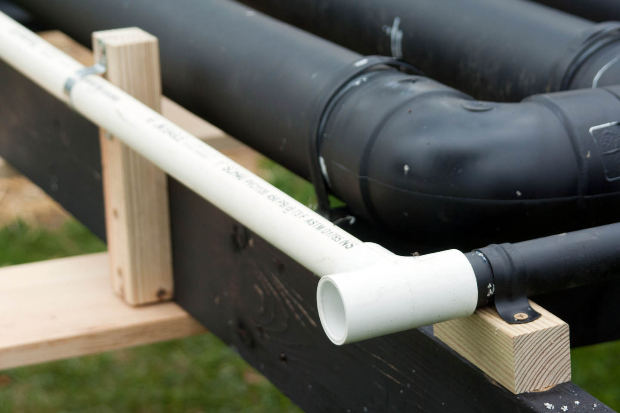 Loading... Please wait...
Loading... Please wait...Save Money. Grow Your Own!
Fast Plain Box Shipping.
We ship to the US & Canada.
Grow Your Own!
How to Set Up and Maintain a Hydroponic Reservoir
Posted on 4th Jan 2016
A big part of designing any hydroponics system involves handling the challenge of building and maintaining a reservoir. The reservoir is where the water will be kept to nourish plants. This receptacle for safekeeping has to be designed in a way that supports plant health and final results.

Here are some steps to making sure your hydroponic reservoir is all that it's supposed to be.
Design and Place the Reservoir
Before you fill the hydroponic reservoir, you'll have to figure out things like size and location. Where is the reservoir going to set within the system? It will have to be close enough to allow it to attach to all of the irrigation tubing that's going to be used. Lots of growers locate the reservoir on the floor, because of the weight of the water inside. As for size, you'll have to tailor the size of your reservoir to the number of plants being grown.
High-Quality Water
Most growers won’t put just any water into the hydroponic reservoir. They’ll start out with clean or distilled water. Many experts recommend using water with under 300 ppm TDS.
Set and Check pH Value
Plants are going to need a decent pH value range of about 5.5 to 6.5. Anything higher or lower than this can cause damage to plants. Growers can check the system and use solutions like pH up and pH down to adjust it accordingly. Checking and solving pH value is a major part of maintaining a safe reservoir for plant water.
Keep an Eye on Total Dissolved Solids
Over time, you'll have to add nutrients to the reservoir. A low total dissolved solids level shows that you're getting low on nutes. This could be the time to ‘top up’ or add small amounts of nutrients. Try not to add too much at one time, to avoid things like shock or nutrient burn.
Check for Leaks or Loss
Over the life of a plant cycle, you want to check for any water loss which could indicate leaks in the system. If the water isn't getting to plants, it could be going somewhere else in the building and destroying areas of the building. You'll also want to look for signs of excessive algae or buildup in the reservoir, and possibly periodically clean it off with some type of solution like hydrogen peroxide.
This step-by-step guide is part of what you'll need to do to nourish plants toward a successful harvest. For more, check out Dealzer, a trusted hydro retailer, and everything that we offer online for hydroponic growers.
